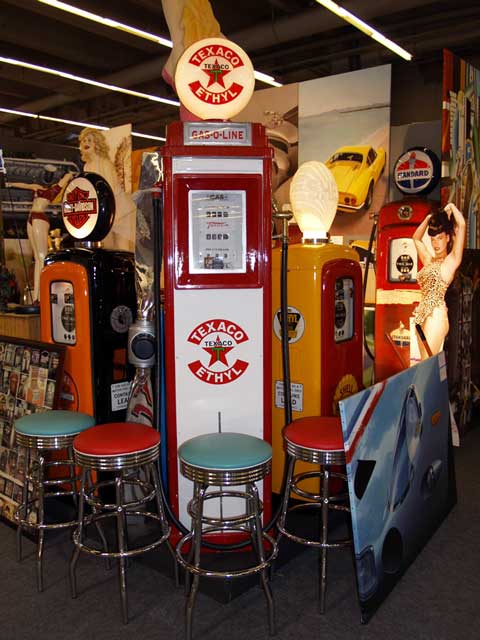
Take a seat, fill up, and have a good read about Italians at Retro.
All Photos by Alessandro Gerelli
Captions by Pete Vack
There were few Ferraris at Retro this year, some well known cars of the Ferrari Historic Challenge prepared by Roelofs Engineering, a 250 LM, a 500 F2 and a brace of production cars, but perhaps more interesting was the concentration on the Significant Others.
Of these, the most eye opening were three Alfas from three different houses; Colani, Bertone and Zagato. Swiss coachbuilder Ghia-Aigle, responsible for Larry Crane’s early heartthrob Ferrari, was present in the form of a 1900 C Super Sprint spyder. The jury is still out on that one, but not the elegant Castagna-bodied Isotta Fraschini 8A Roadster from 1929. It is not pictured here but we will have a full feature on the Isotta in an upcoming VeloceToday. Gerelli found an F1 Lamborghini engine for our growing Lambo fans, and didn’t forget to include the Lancia D24 for the Lancisti who failed to talk their wives into a trip to Paris.
Oddities abounded as usual, and there were acres of books and models; all in all, a good year. We do wonder what next year will be like.
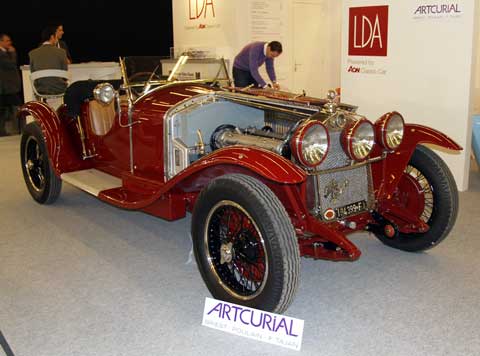
Only 2579 Alfa 1750s were built between 1929 to 1933; the most potent being the 1750 SS Compressore–supercharged–of which 52 were built. Jano’s unique serrated-valve adjustment method helped make it practical to sell a sophisticated DOHC engine to the general public. Preceded by the 1500, the 1750 was succeeded by the great 8C 2300.
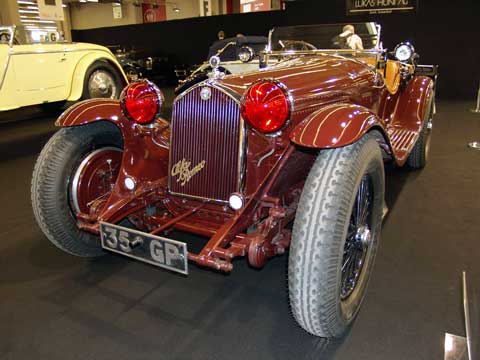
Success breeds success: The Alfa 8C 2300 won the Le Mans 24 hour event in 1931 driven by Birkin and Howe, in 1932 by Sommer and Chinetti, in 1933 with Sommer and Nuvolari (and others) and in 1934 with Chinetti and Etancelin. Presented at this year’s Retro was the 1932 winning car of Sommer and Chinetti.
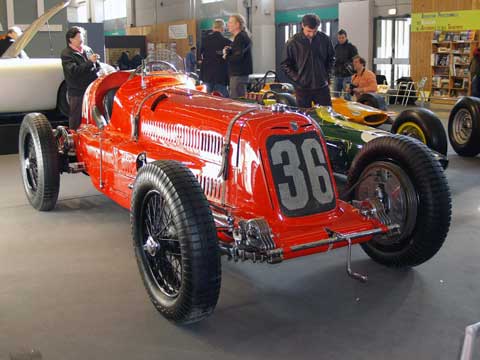
Alfa was not without competition, however. In 1933 Scuderia Ferrari was running the Alfa Monza 2300 in Grand Prix events, benefiting greatly from the presence of Tazio Nuvolari. After a series of mechanical problems, however, Nuvolari left the Scuderia to drive Maseratis. With Nuvolari’s help, in 1933 and 1934, Maserati had it’s best seasons in Grand Prix racing until the postwar era. This is an example of the 8CM Grand Prix Maserati.
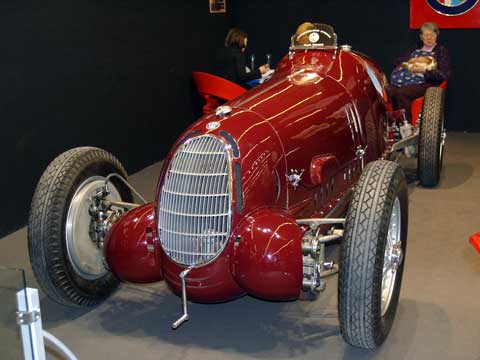
The Alfa Romeo Grand Prix efforts of 1936 went unrewarded in the face of competition from Auto Union and Mercedes Benz. The C type was powered by both the straight eight and the new Jano-designed V12. Here, an example of the V12 powered 8C on display at Retro. Read more on the 8C and what it’s like to drive one.
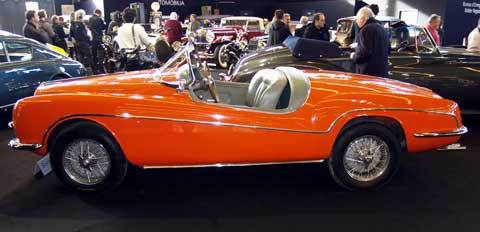
Ghia Aigle concocted this occasional-use coachwork for use on the Alfa Romeo 1900 SS in 1958, though the lines appear dated by that time. It is a strange combination of the delightful with the derogatory, with echoes of the Jowett Jupiter roadster and the Lancia Aurelia Spyder overlaid with heavy American influence. Obviously someone’s Mediterranean plaything.
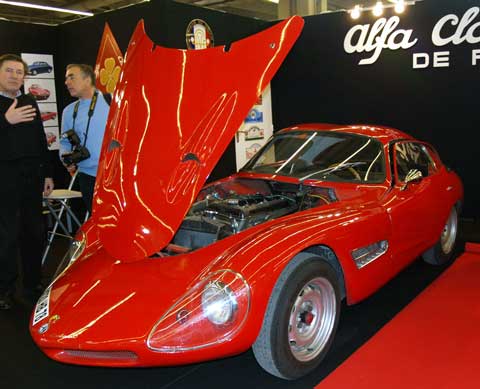
Unusual, rare, and what else? Most certainly based on the Alfa 1300, the body is attributed to German coachbuilder Colani, but the Abarth connection is unclear. Abarth built a sleeved-down Alfa 1000cc car with Bertone for the 1958 Turin show, but neither Fiat nor Alfa backed the idea and the car was stillborn. Perhaps this car has the engine built for the Bertone car? Answers are of course welcome.
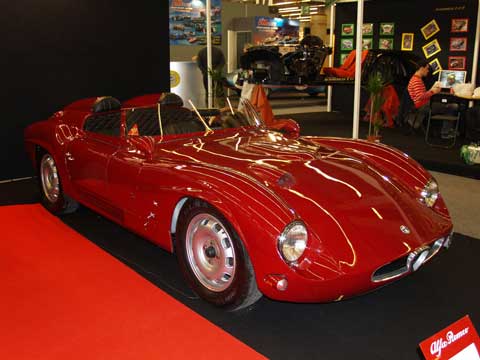
This one is a recreation, but yes, there actually was an Alfa Romeo TZ1 roadster prototype. The first two Alfa TZs were open cars with a removable hardtop and a fixed front and rear window. Tests performed in October 1961 proved unsuccessful–the new TZ was no faster than the old clipped tail Zagato. Immediately the open car idea was discarded as the new coupe was both dramatic and very fast.
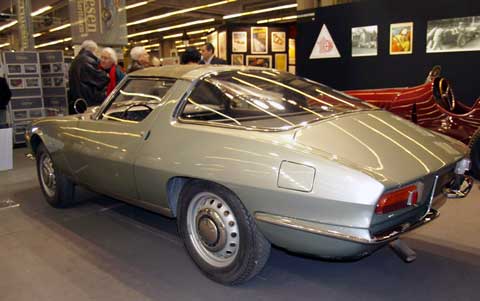
In 1964, fresh on the heels of his “Testudo†design, Giorgio Giugiaro, then working for Bertone, created this Alfa Romeo based on the Sprint Speciale chassis, itself based on an an earlier Bertone design. Giugiaro’s upgrade, however, did not make the grade into production. The car was salted away in the Alfa Romeo Museum for years.
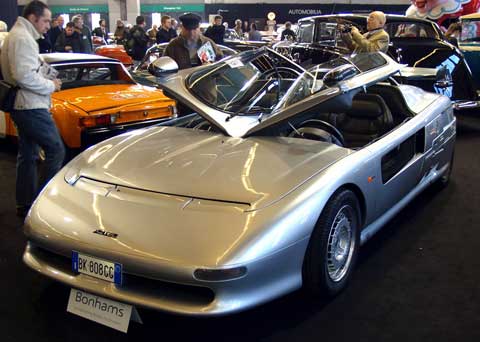
Giorgio Giugiaro was much too talented to hang around and work for Bertone all his life. After a series of spectacular success in the 1960s, Giugiaro established his own design firm, Ital Design, in 1968. His new company was responsible for the Maserati Boomerang, Lotus Esprit, Maserati Bora, as well as the VW Golf and Passat. This Audi-based Aztec was a 1988 concept car, still fresh 20 years later.
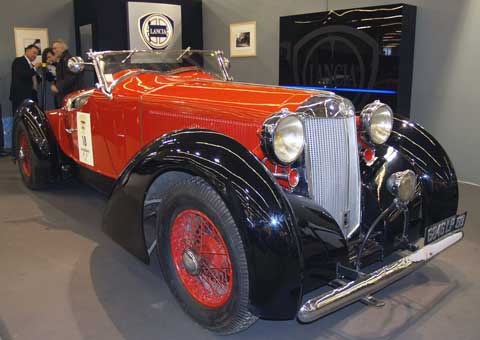
A big Lancia, the Dilambda of 1930 is dressed in a very smart sports coachwork, though unidentified. The revolutionary Lambda begat the Dilambda, which unlike the unitary construction of the Lambda, used a separate chassis with a narrow angle V8 engine. The smaller Astura, Augusta and Artena models would replace the V8 in the austere 1930s; the firm’s creator and genius Vincenzo Lancia would die in 1937.
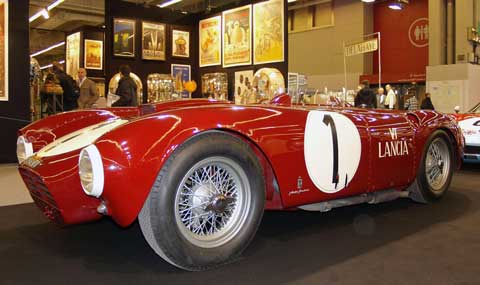
There is something about following in the footsteps of a genius which must be particularly devastating. Well-meaning Gianni Lancia wanted the best for his father’s great company, but alas, his urge to race (which his father had avoided) nearly broke the company. But Gianni did hire great designers such as Vittorio Jano, who created this D24 sports car and the D50 Grand Prix car. This chassis, 0005, is said to be the one which Piero Taruffi drove to a win in the 1954 Targa Florio.
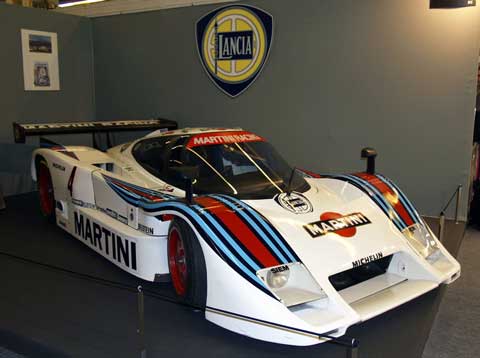
Despite all, Lancia was still an Italian company and when Fiat bought it out, they again went racing, this time with the support of Martini and Rossi. Martini Lancias raced from 1983 to 1986 with some degree of success against the 956 Porsches. The LC2 coupes, such as this one, were designed by Gian Paolo Dallara, a great engineer who is the modern equivalent of Vittorio Jano. The engines were based on the Ferrari 308 V8.
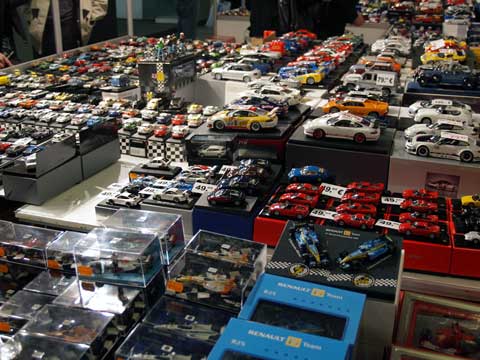
Enough said.